Overview
Located in the Uttarkashi district of Uttarakhand, India, the Nelong Valley represents more than just a scenic location. It is a testament to the raw, unfiltered beauty of nature’s most extraordinary creations. Popular as ‘Ladakh of Uttarakhand’ for Lahaul and Spiti like cold deserts and deep valleys, Nelong introduces you to an unexplored part of Devbhoomi. The Valley shares its border with Tibet and the Kinnaur district of Himachal Pradesh and is a part of Gangotri National Park.
Tourists who visit Harsil also explore the nearby Nelong Valley. While Harsil is famous for its green valleys and forest trails, Nelong presents a stark change in scenery with its Himalayan Desert and spiky mountains. It is a paradise for geography and history lovers. Geographically, the valley’s dramatic landscape at an elevation of 3,819 m has steep rocky slopes, glacial formations, and sparse vegetation. The history of the political tensions and the displacement of Jad Bhotiyas of Jadung and Nelang Villages tells us a story of survival against extreme environmental conditions.
For decades, this remote valley remained inaccessible, shrouded in mystery and protected by its challenging terrain. Entry for civilians was prohibited after the 1962 war between India and China. In 2015, the government initiatives for tourism helped the Valley open up for domestic travellers. Due to its geopolitically-influenced strategic importance, tourists require a Nelong Valley Permit to enter the Valley.
The Nelong Valley is accessible by motorable roads maintained by BRO and only SUVs are allowed to enter. There are strict guidelines provided by the Indian Army and ITBP that tourists must follow. Flying drones, filming videos, and camping activities are prohibited in the region. You require a special permit to visit the Jadung Village.
The Gangotri National Park opens for visitors in April. The best time to visit the Nelong Valley is May to June and mid-September to mid-October. Monsoon and winter are not ideal for travelling in the valley as it becomes prone to landslides and the weather becomes unfavourable. Given below, is a detailed itinerary, tour inclusions, what to pack, and interesting facts about Nelong Valley to help you plan a memorable trip.
Tour Itinerary
Drive Distance: 221 km
Drive Time: 8-9 hrs
Altitude: 2,620 m
Today’s Difficulty: Easy
Highlights: A beautiful drive via Dehradun, Moriana Top, Uttarkashi, Sukhi, Jhala and Purali
Our Nelong Valley Tour will start from Harsil Valley. Arrive at Dehradun, the nearest major city, to continue your drive of about 221km towards Harsil.
On your way, you will encounter several scenic viewpoints. If time permits, visit the Gangnani Hot Water Spring and Maneri Waterfall. The route will pass through small villages of the Harsil Valley such as Sukkhi, Jaspur, Jhala, and Purali.
After reaching Harsil, check in to your hotel and have dinner.

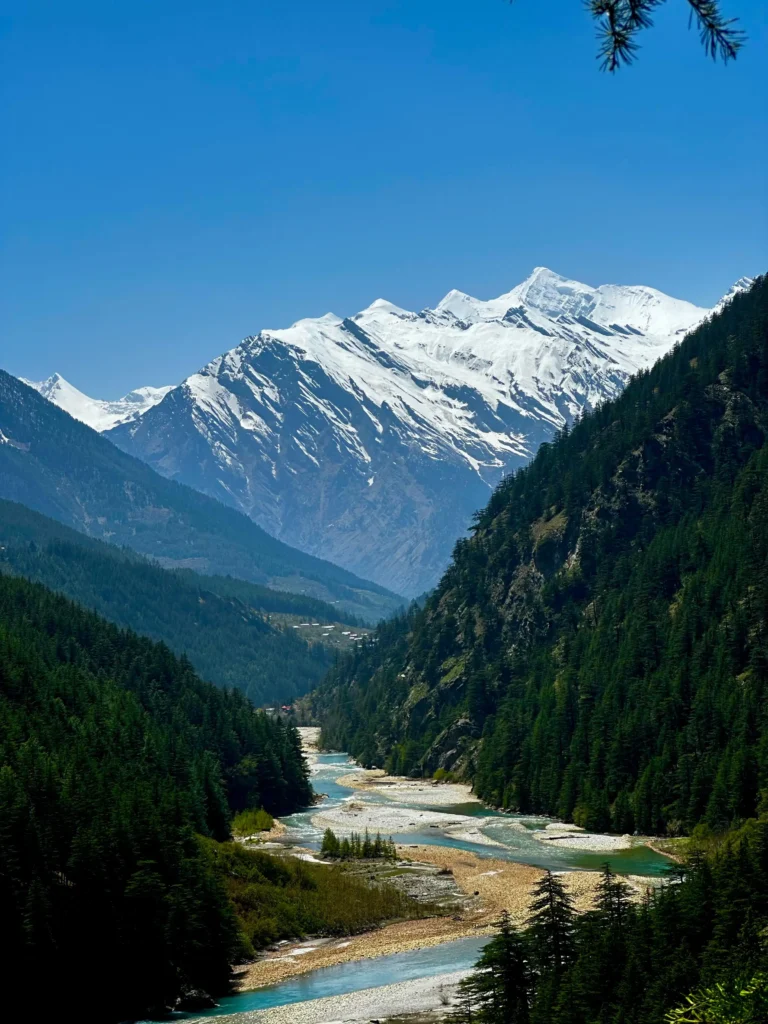
Drive Distance: 123 km (approx.)
Altitude: 3,819 m
Today, you will visit the highlight of this trip- Nelong Valley and its Jadung Village.
Drive back to Harsil for dinner and an overnight stay.
Lanka Bridge is 16 km from Harsil. Start your day with an early breakfast and drive towards Lanka Bridge, Bhainroghati. You will also cross Lanka Bridge, the highest motorable bridge in Uttarakhand. Here, you will get a stunning panoramic view of the Jad Ganga river cutting deep chasms through the gorge of Nelong.
From Bhaironghati Forest Check Post, the road will diverge into two. The left road of NH23A will take you to Nelong Valley and the right will take you towards Gangotri Dham. Moving 23 km towards Nelong Valley Forest Check Post, you will notice a gradual change in scenery. The green mountains will fade away into a cold desert-type mountain region.
The Jad Ganga River drains the Nelong Valley, meandering through rocky surfaces and large boulders. Once you enter, you will pass through Hawa Bend (named after strong winds that make it prone to landslides). Further, the road will take you to Pagal Nala (crazy stream). Similar to the Pagal Nala of Ladakh, this stream of the Jad Ganga is prone to flash floods. You will also pass through Hindoli Ghat (14 km from Bhaironghati), a zigzag mountain ghat route that feels like travelling on a ‘Hindola or Swing’.
En route, you will encounter many small waterfalls and glaciers like Hindoli Gad and Chaudi Gad (a trail from here connects Nelong with Kinnaur of Himachal Pradesh). Take pit stops to enjoy the scenic valley and its panoramic views.
After you reach Nelong Village, we will drive 16 km further to Jadung Village. This is a politically sensitive area and you will find the Indian army and ITBP checkposts throughout the Nelong Valley. The ghost village of Jadung will show you the remnants of an era where the culture and trade of Jadh Bhotiyas once thrived. You will find several abandoned wooden houses and ruins here.
Drive back to Bhaironghati, take the other road and drive 6.3 km further to reach the Gangotri Dham. Have your lunch here and relax near the bank of the holy river. Visit Gangotri Temple and seek blessings of Maa Ganga.

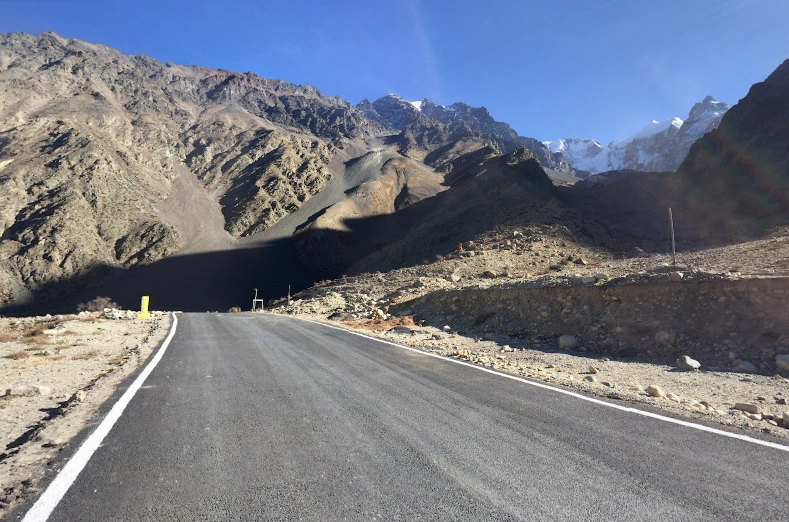
Drive Distance: 35 km
Hiking Distance: 7 km
Altitude: 2,950 m
Highlights: Gartang, Hari Prayag
Leave Harsil early in the morning after your breakfast. Drive towards Lanka Bridge, 16 km from Harsil Village to reach the starting point of the Gartang Gali hike. En route, enjoy the beautiful views of Mandakini Waterfall.
A big gate towards the right of Lanka Bridge marks the entry point to Gartang Gali. This is an easy hike of about 5 km to and fro. It includes a rugged forest trail, taking you further on a 136-m long and 1.8-m-wide wooden bridge suspended at 2,950 m on a cliff. Hiking on this man-made miracle gives you a one-of-a-kind experience with a wide view of the Nelong Valley with Jad Ganga flowing through the gorge. The Gartang Gali hike will take around 3-4 hrs to complete.
Drive back to Harsil for lunch and sightseeing. Visit Hari Prayag, where the Jalandhari Gad and Kakori Gad drain into the Bhagirathi River. Offer your prayers at the nearby Laxmi Narayan Temple. Visit the famous post office where the movie ‘Ram Teri Ganga Maili’ was shot. Explore the market of the Harsil village, and its apple orchards, and interact with the locals to enjoy the serenity of the mountains.
Stay at Harsil for the night.
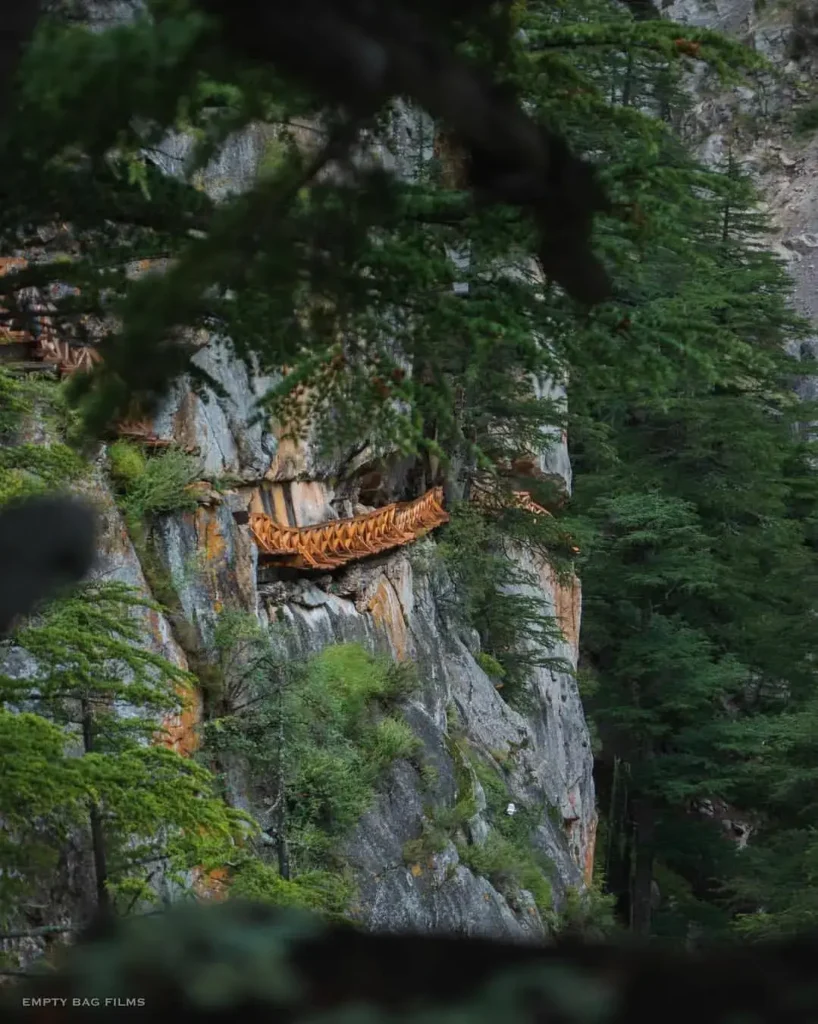
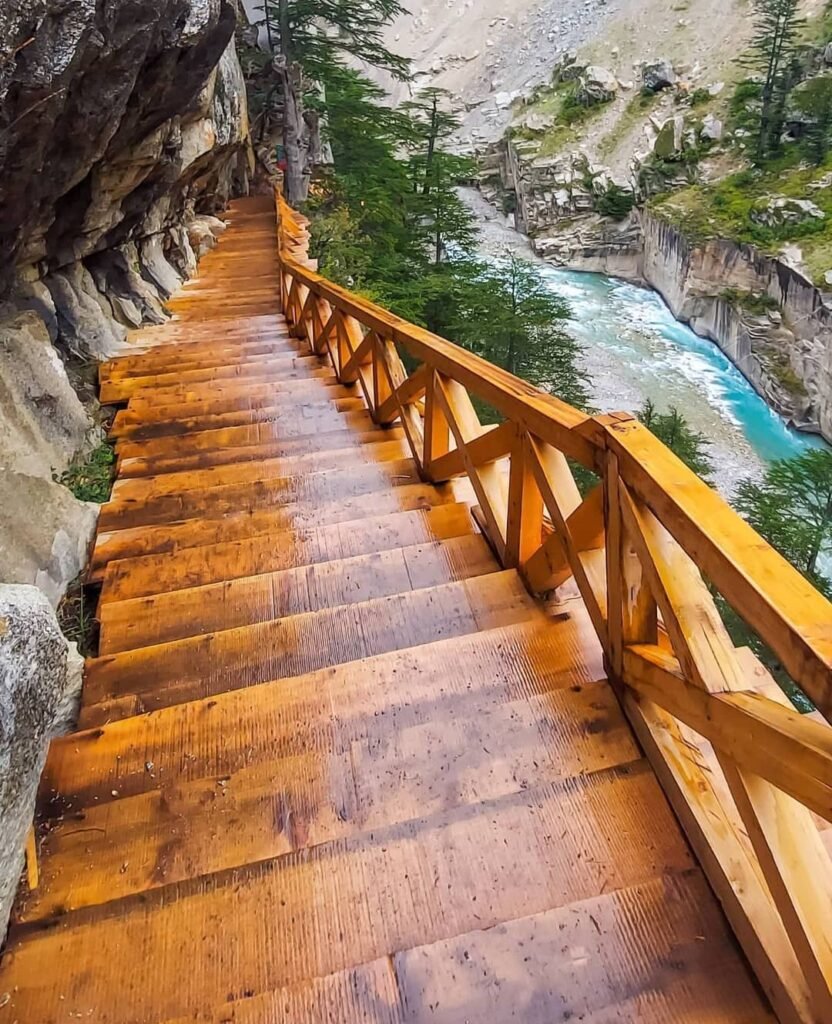
Drive Distance: 223 km
Today’s Difficulty: Easy
Check out from your accommodation at Harsil after enjoying your Garhwali breakfast.
Drive back to Dehradun. Take small pit stops to capture the beautiful sights of Harsil Valley from various viewpoints.
Arrive at Dehradun to conclude your Nelong Valley Trip.
What’s in Nelong Valley Tour Package
Price Inclusion
Accommodation: 3-night hotel/camp stay at Harsil is available. Triple-sharing camps are included. Single or twin-sharing accommodation is available at an additional cost.
Transportation from Dehradun to Dehradun: Traveller/ cab from during the travel is covered.
Meals: 3 Breakfasts and 3 Dinners
Inner Line Permit: Nelong Permit included in the package.
Permits: All the required toll charges, forest entry permits, Gangotri Dham registration fees, and other tickets for Indian nationals are covered.
Sightseeing as per the itinerary.
A local guide or a trip coordinator
First Aid Kit
Price Exclusion
5% GST is excluded.
Extra snacks, lunches and beverages during the hikes are not included.
Any entry ticket for sightseeing which is not mentioned in the inclusions.
Cost of emergency evacuation in case of bad weather, landslides, flooding, etc.
Hotel services like laundry, water bottles or other drinks, tips, snacks, etc., and charges for early check-in are not covered.
Travel insurance and railway/air ticket fare
Charges for adventure activities like rafting, skiing, boating, etc. are excluded.
Note: Check the booking procedure here, including details on booking deposits, payment terms, and the cancellation policy.
History of Nelong Valley
Before India’s independence, the deep walls of the Nelong Gorge made the valley inaccessible to the native Indians and Britishers. Drained by the Jadh Ganga, the valley was accessible from Tibet via Tsang Chok La. Due to Tibet’s influence, Buddhist culture prevailed among the villages of the Nelong Valley. During winters, the natives travelled downstream towards Garhwal for trade and in summer, they had access to the Tibetan market.
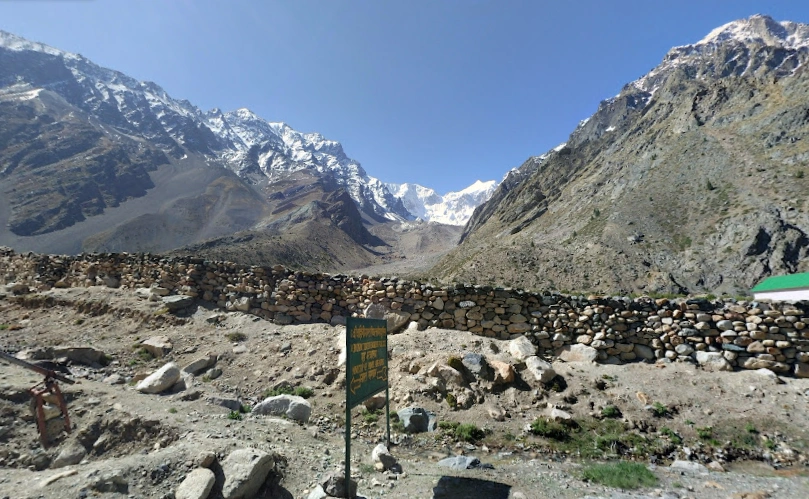
Due to its ambiguous border, the Nelong Valley remained a matter of contention for the Bushahr Kingdom (border of Tibet), Tehri state (British Tehri-Garhwal), and Dzongpen of Chaprung (governor of Tibet). This gave the valley a dual identity with the names– ‘Chounsah’ (by Tibetans) and ‘Nelang’ or ‘Jadung’ (by Bushahr and Garhwal).
The British era saw many attempts from English expeditions to explore the Gangotri and Nelong Valley. They tried to plant their armies on the border to prevent the area from Russian invasion but saw retaliation from the locals. Frederick Wilson, an Englishman popular as “Raja of Harsil,” settled here and is credited for establishing the Jadung Village for Jadhs. It has been found that he promoted their trade relations by funding the Gartang Gali route to Tibet, with the support of the King of Garhwal.
In 1951, China captured Tibet and militarised its border with India. By 1956, its army occupied the areas near Nelong Valley. The lack of an official border between India and China in this area led to the Sino-India War of 1962. Due to increased militant activities and the setting up of army camps, the villages of Nelong Valley were evacuated by 1965. The Jadh locals were displaced and had to restart their new lives in Bagori Village (Summer) and Dunda Village (Winter). Their old villages in what was once a thriving valley now lie abandoned, with ruins and remnants of their history. The area was closed to civilians for 53 years until 2015. With an Inner Line Permit and a reasonable restriction of no overnight stay, Indian Nationals can now experience the beautiful Nelong Valley.
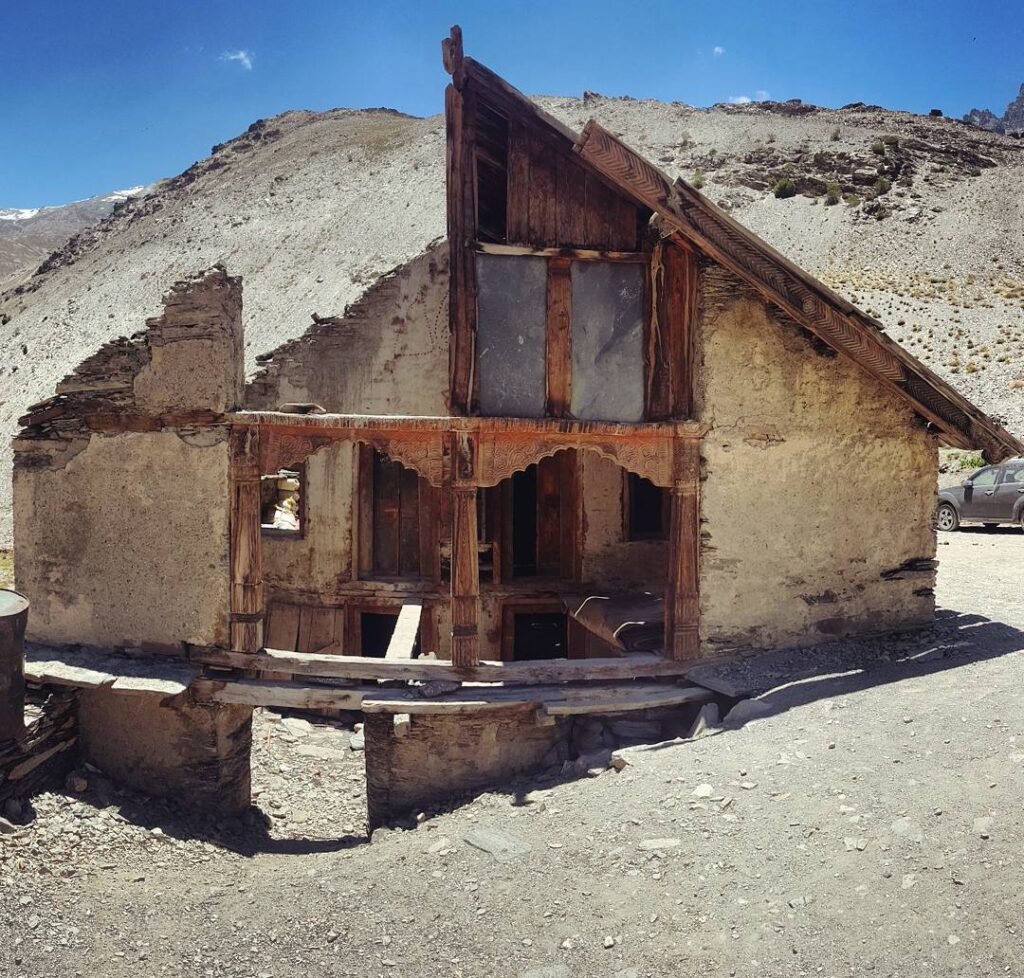
Culture of Jadh Bhotiyas
Jadh Bhotiyas are known for their Mongoloid features and distinct Jad language. They settled in the areas drained by the Jadh Ganga or Jahnavi River, deriving their name. This semi-nomadic tribe had cultural-religious ties and trade relations with Tibet. The Tibetan tribes–Sapra and Poling travelled to Nelong to trade with them.

People of the Jad Bhotiya community were able to trade via the difficult Himalayan Terrain due to their good climbing skills and sense of direction. Bhotiya Traders flourished through their barter-based trade with Tibet in tobacco, borax, spices, salt, blankets, copper products, and herbal medicines. The Bhotiya women were weavers who sold carpets and woollens made of Yak wool and skins.
Post-Indo-China war, this peaceful community is settled in the small hamlets of Bagori and Dunda where they practice agriculture, sell woollen goods, and perform seasonal migration.
Flora and Fauna in the Valley
The flora and fauna found in the Nelong Valley are:
Fauna: Nelong Valley is famous for spotting Snow Leopard at high altitudes. Other notable faunal species are Himalayan Ibex, Bharal, Himalayan yaks, and Himalayan Brown Bear.
Flora: Nelong Valley is a cold desert area with little to no vegetation. Throughout the region, you will find alpine shrubs, grasses, and a few medicinal plants.
Tour Essentials
- Day backpack (20-30 ltrs) with rain cover and ergonomic design.
- A 1 ltr refillable water bottle to store warm/cold water (Milton or Borosil)
- Personal medicines and toiletries.
- ID proof and other documents.
- Mobile charger and power bank.
- Extra plastic bags to store your wet clothes.
- Energy bars, ORS, and other snacks.
- Suncap
- U/V-protected sunglasses or photochromic spectacles.
- Woollen cap or ear muffs.
- Water-resistant and insulated hand gloves.
- 3-5 pairs of Cotton socks, hiking socks, and woollen socks
- Body Warmers or Heat Pouches
- For winters, carry full sleeves heavy thermals, padded/hollofil windproof jacket, and fleece inners.
- For summer and autumn, carry full-sleeve light thermals, moisture-wicking quick-dry tees, and a down jacket.
- Hiking pants or leggings.
- Waterproof Poncho
- Woollen jacket or pullover
- 1 Hiking Shoes
- 1 Pair of Floaters
- Hand Sanitizer and Sunscreen Lotion
- Toothbrush and Toothpaste
- Toilet Paper
- Quick Dry Towel
- Lip Balm and Antibacterial Powder
- Moisturizer
- Aadhaar Card, Pan, or Passport for Applying Permit
- Medical Certificate
- Self-Declaration Form
- Sleeping Bag
- Common Tent
- Mattress
- Dining Tent
- Camping Stool
- Walkie Talkie (For Team)
- Utensils
Weather & Temperature
Nearby Attractions
- Harsil Valley
- Gartang Gali
- Gangotri Dham
- Gaumukh Trek
- Janak Tal Trek
- Harsil Sattal
- Gangotri National Park
- Bhaironghati
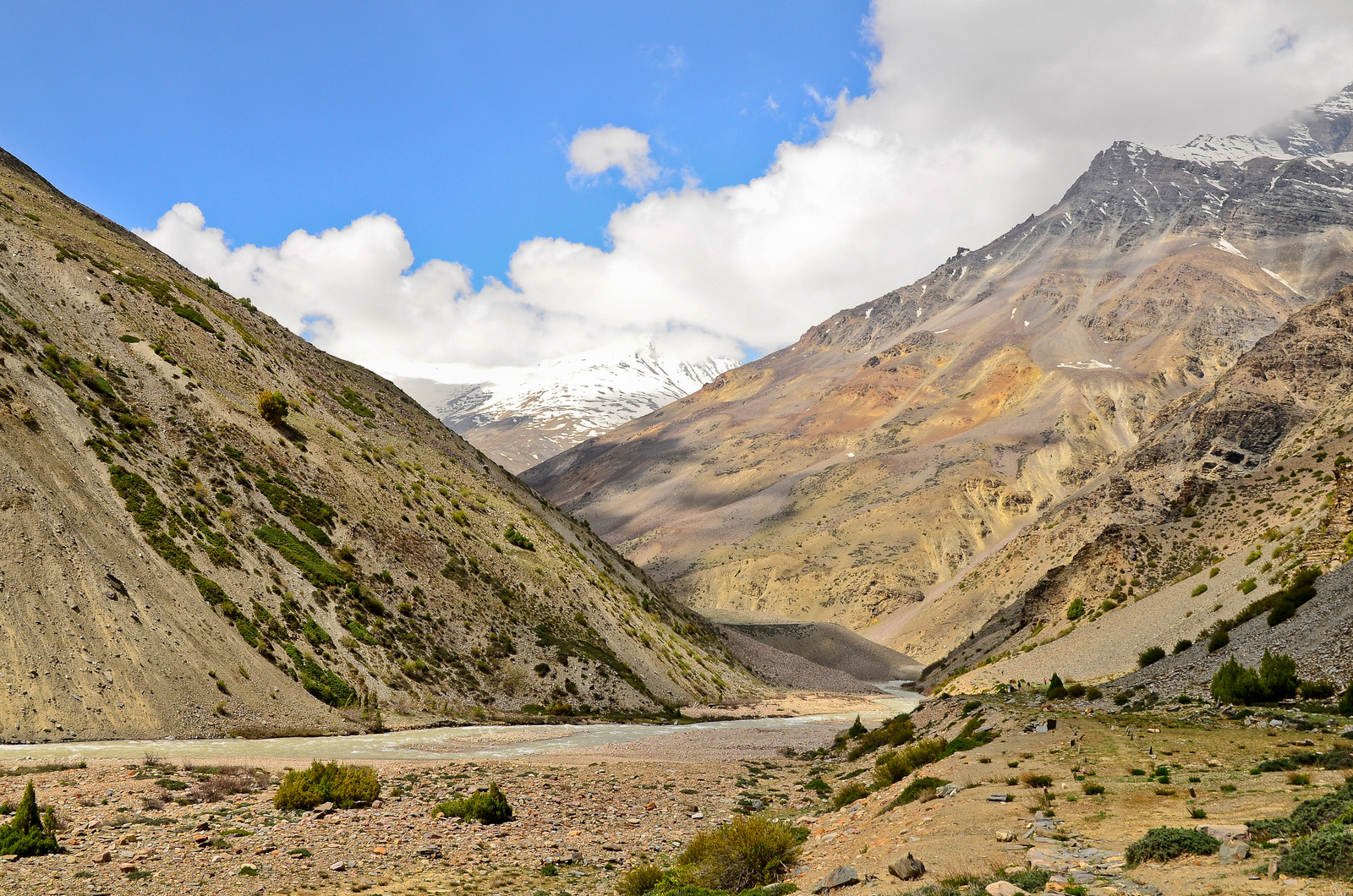


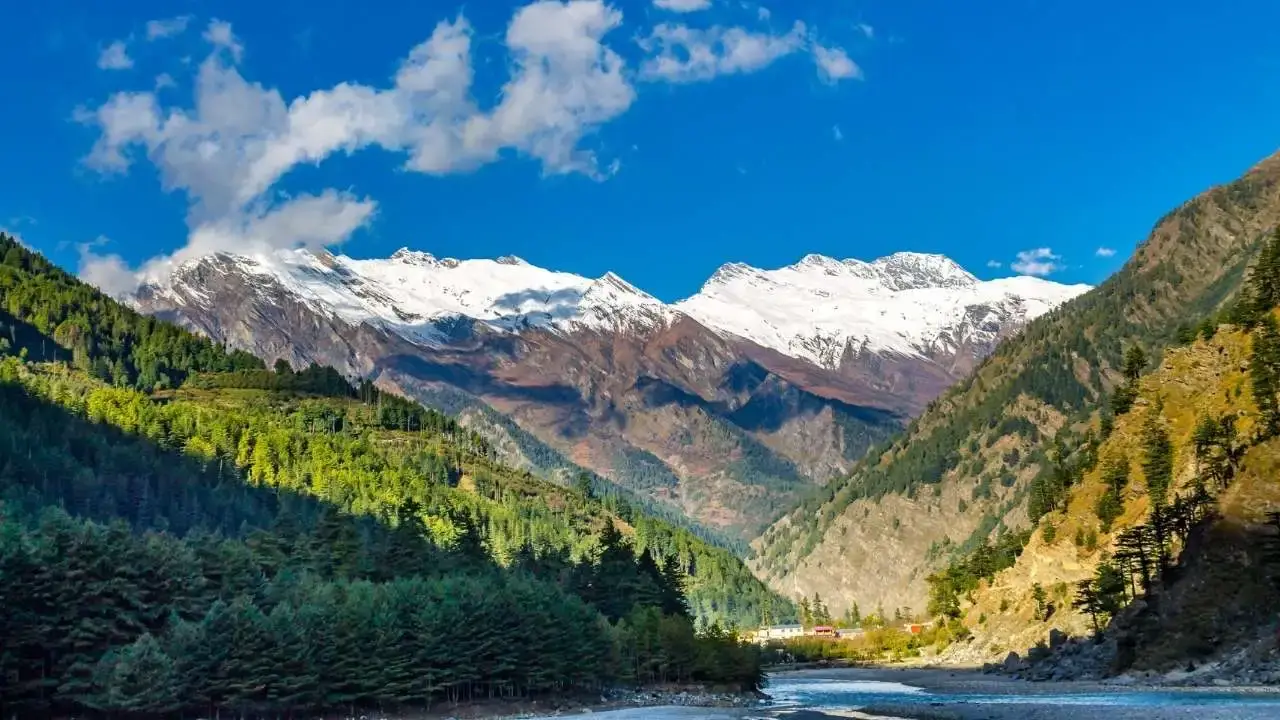


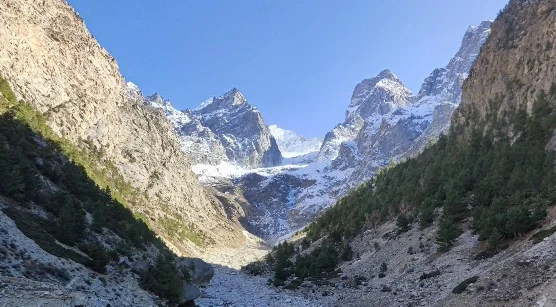
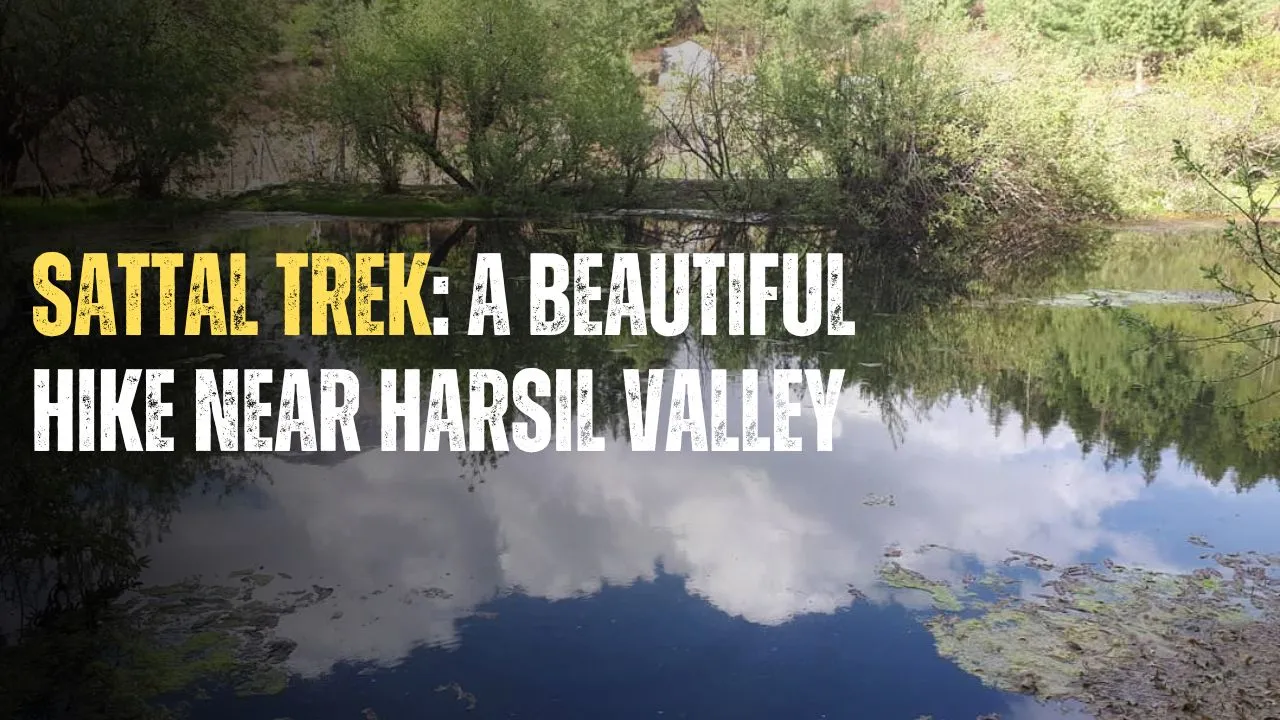


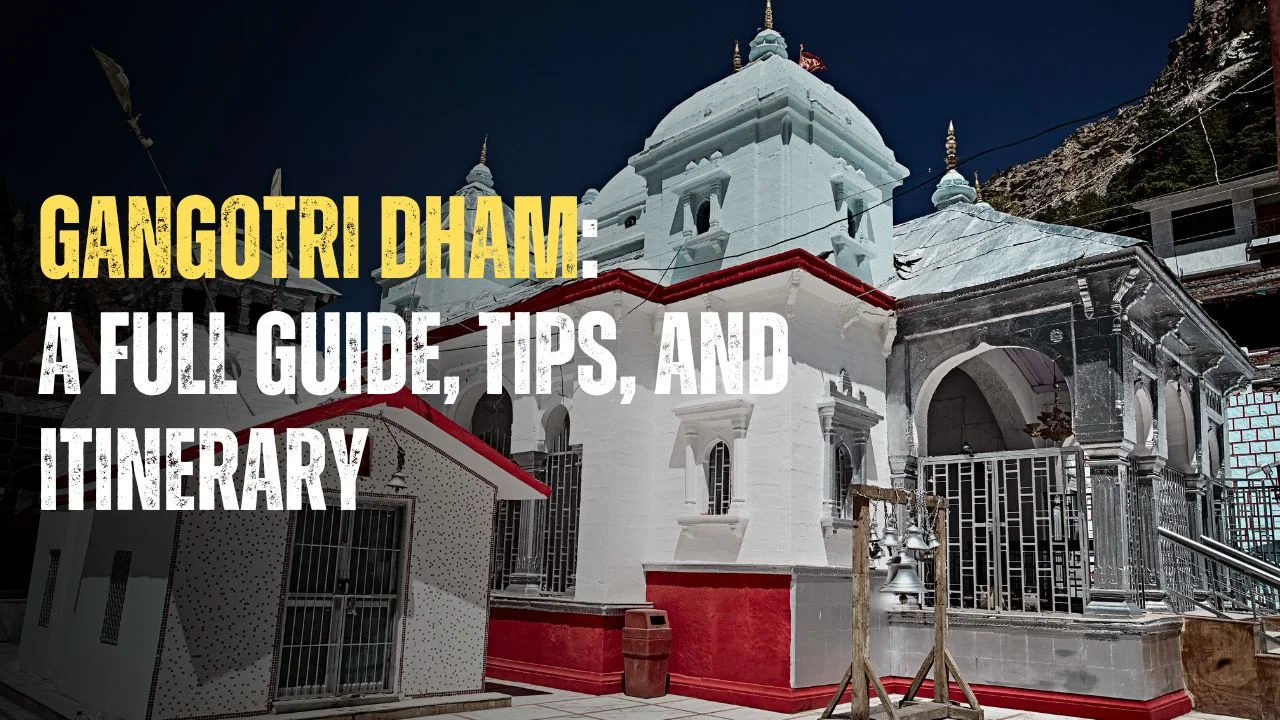
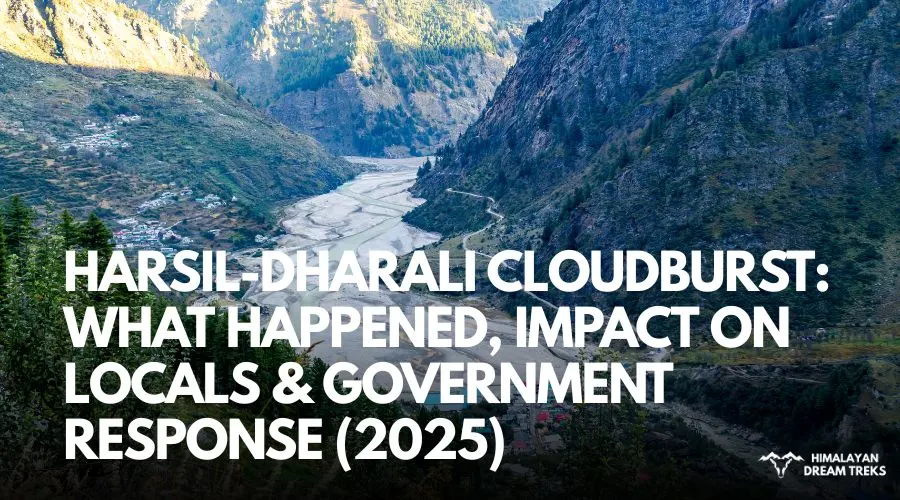
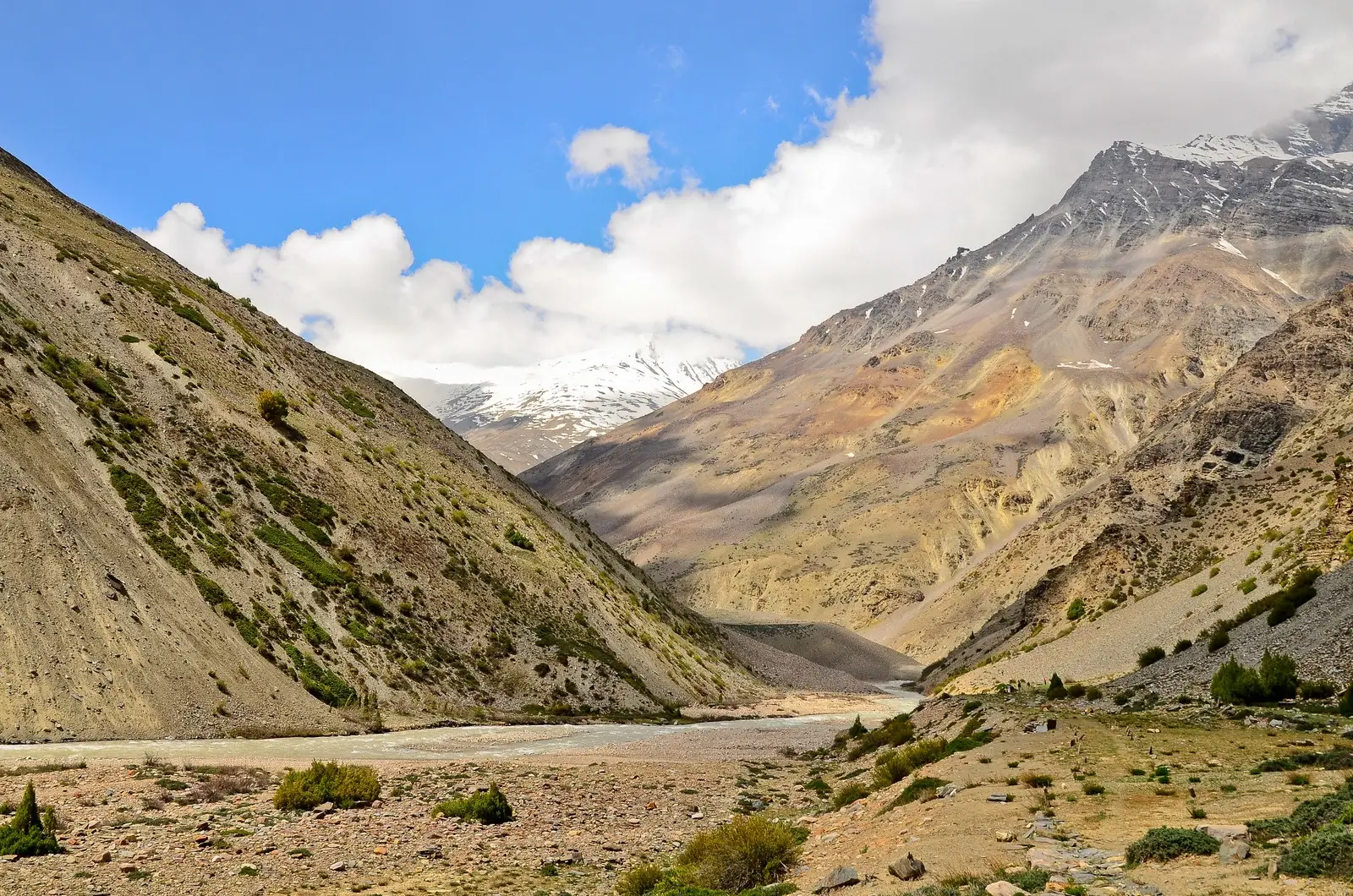
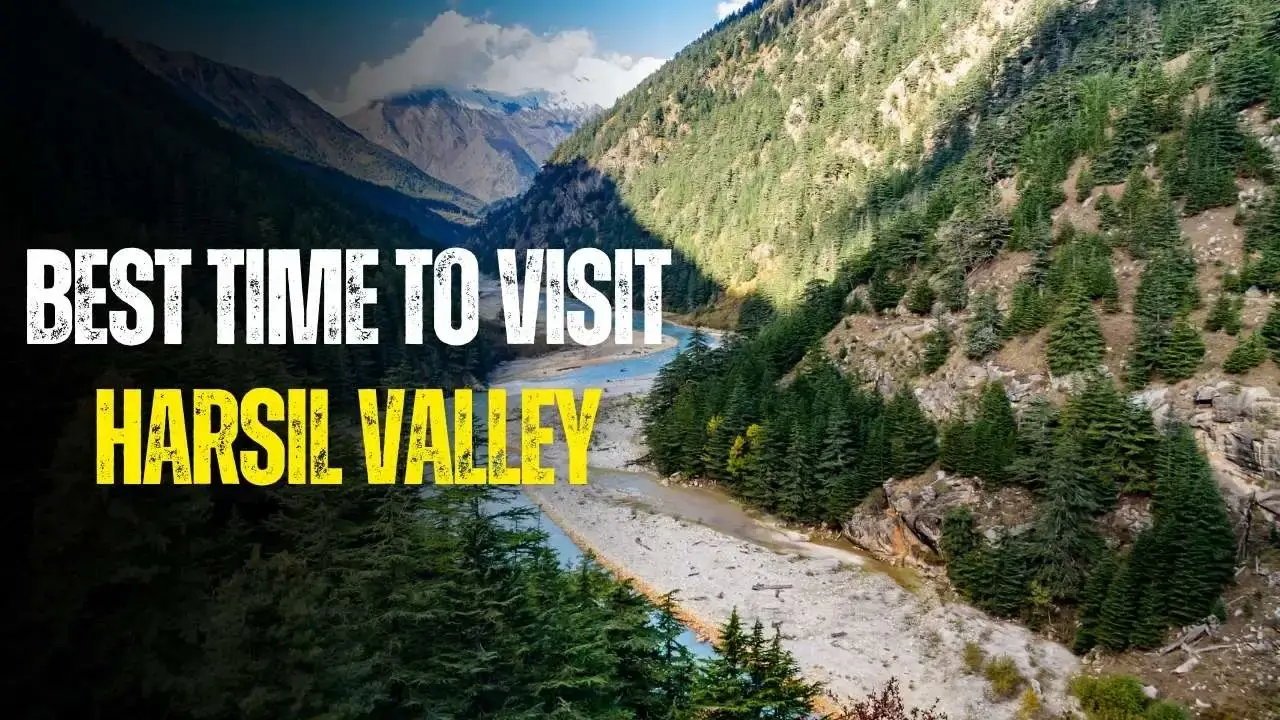
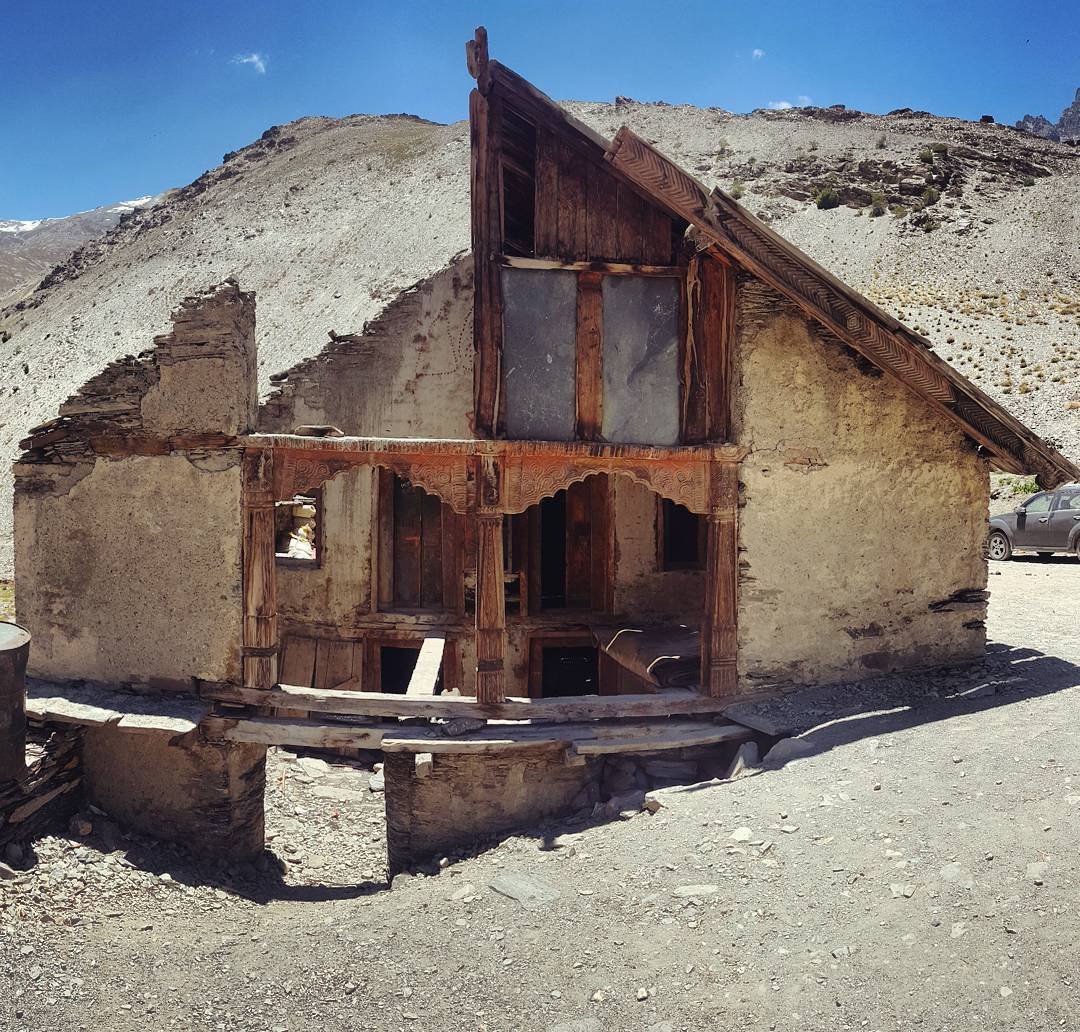


Leave a Comment